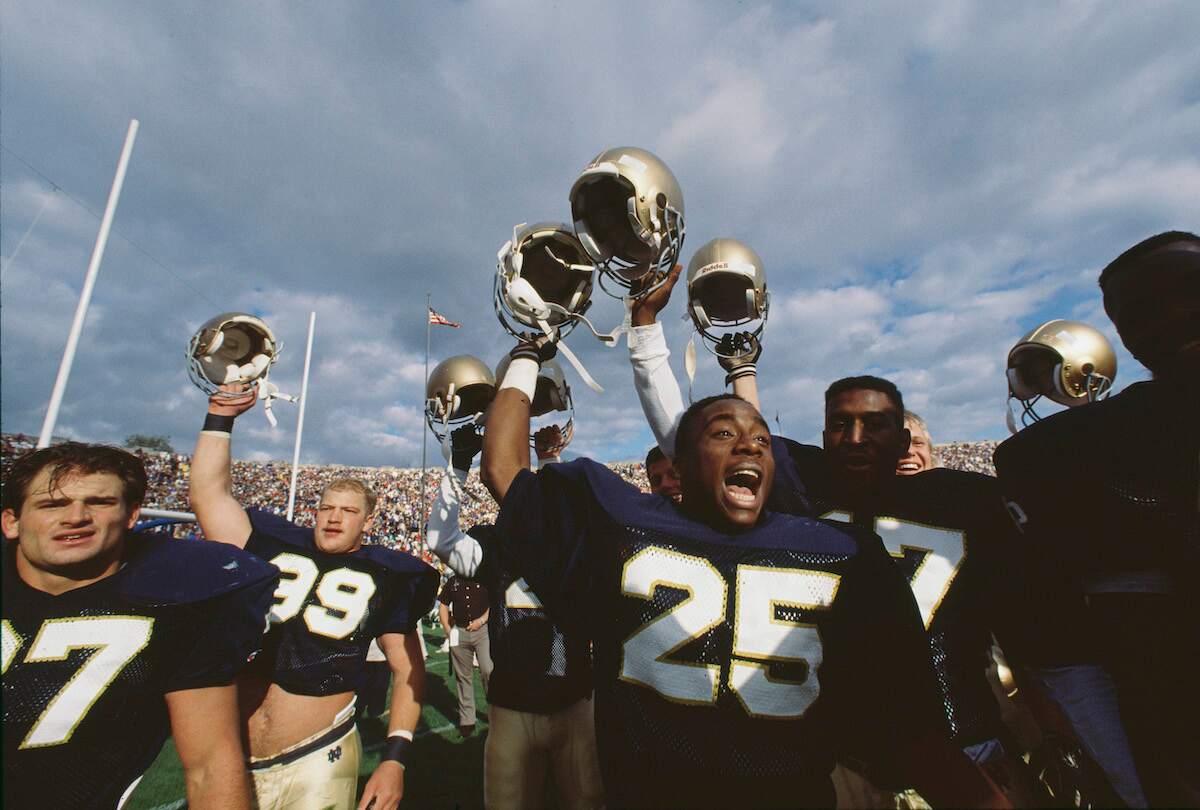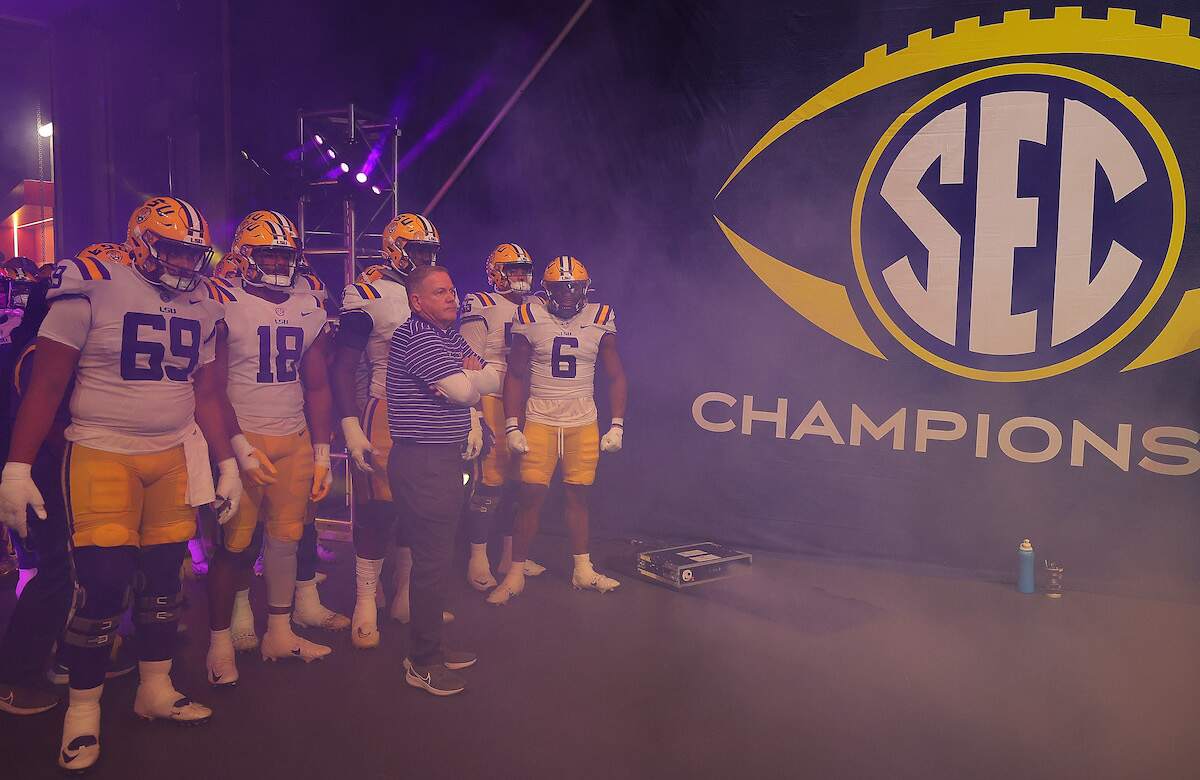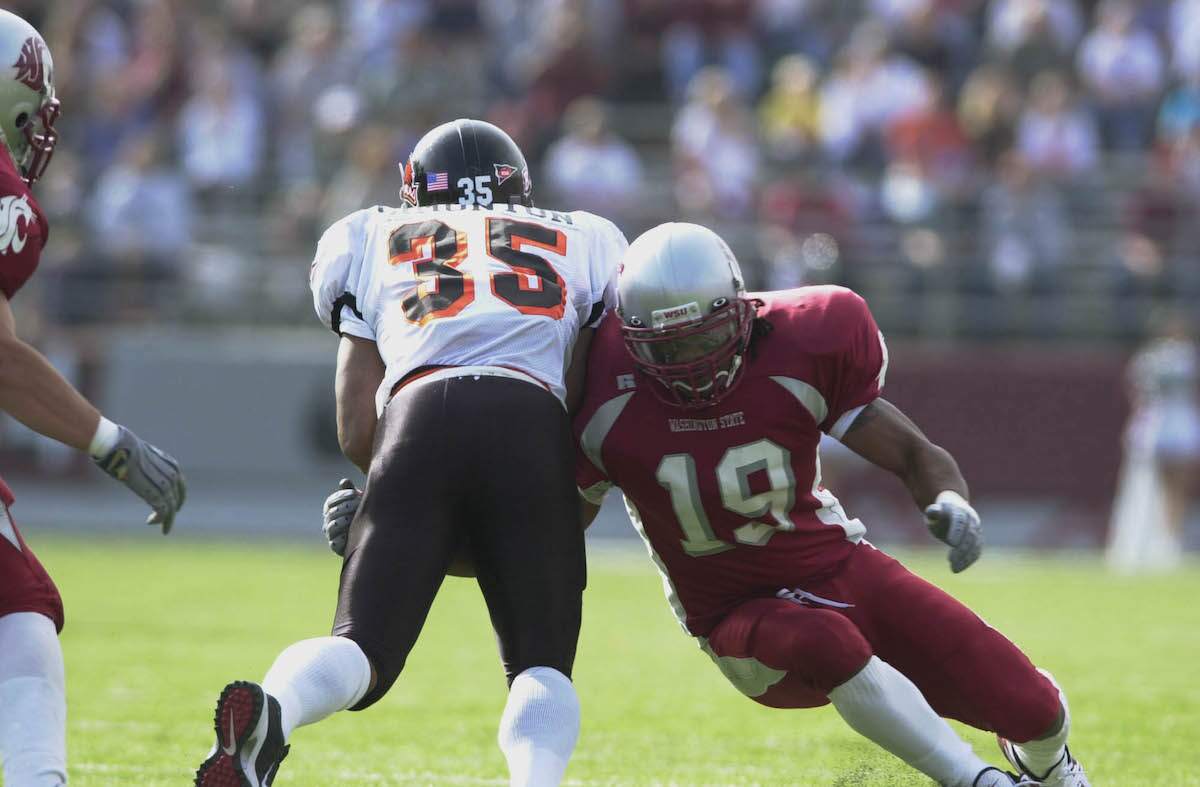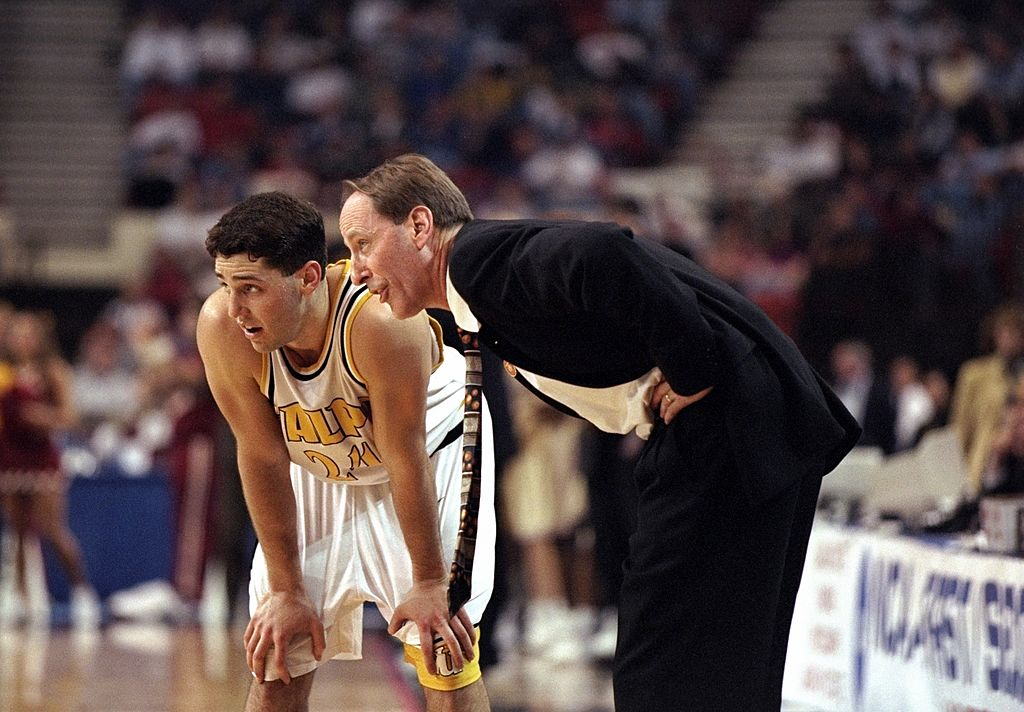
A Look Back at Valpo’s NCAA Tournament Buzzer Beater
Twenty-two years ago many college basketball fans had never heard the name Valparaiso University much less knew how to pronounce it. On March 13, 1998 that all changed when senior Bryce Drew, who was also the coach’s son, completed an improbable play when he buried a three-point shot at the buzzer to upset No. 4 seed Mississippi and send Cinderella dancing into the second round of the NCAA Tournament for the first time in school history.
The season buildup
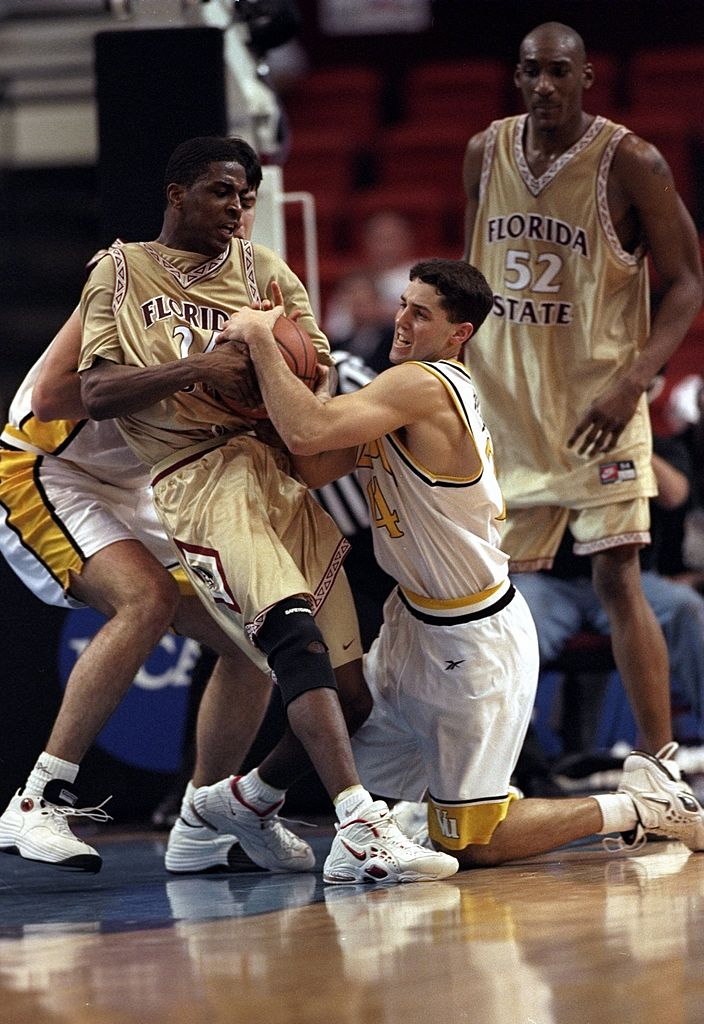
The Valparaiso University Crusaders entered the NCAA tournament as a No. 13 seed after finishing the season with a 21-9 record and winning both regular season and conference tournament titles of the Mid-Continent Conference. The Crusaders profile perfectly matched the description of an underdog. And as any college basketball fan knows, underdogs are precisely the reason it’s called March Madness.
For Valparaiso, this was the third consecutive season the school had made the NCAA Tournament—the previous two bowing out in opening-round losses to Arizona in 1996 and Boston College in 1997.
Heading into the 1998 tournament, Valparaiso head coach Homer Drew set one goal before the team and hoped the experience from the two previous early exits, coupled with the overall experience of his squad, which included six seniors, would help achieve that goal.
“We just wanted to win and advance. We felt very comfortable because we had been there two years in a row. This was not new. It was a mission that the players were on, and they wanted to win that game to advance.”
The final seconds
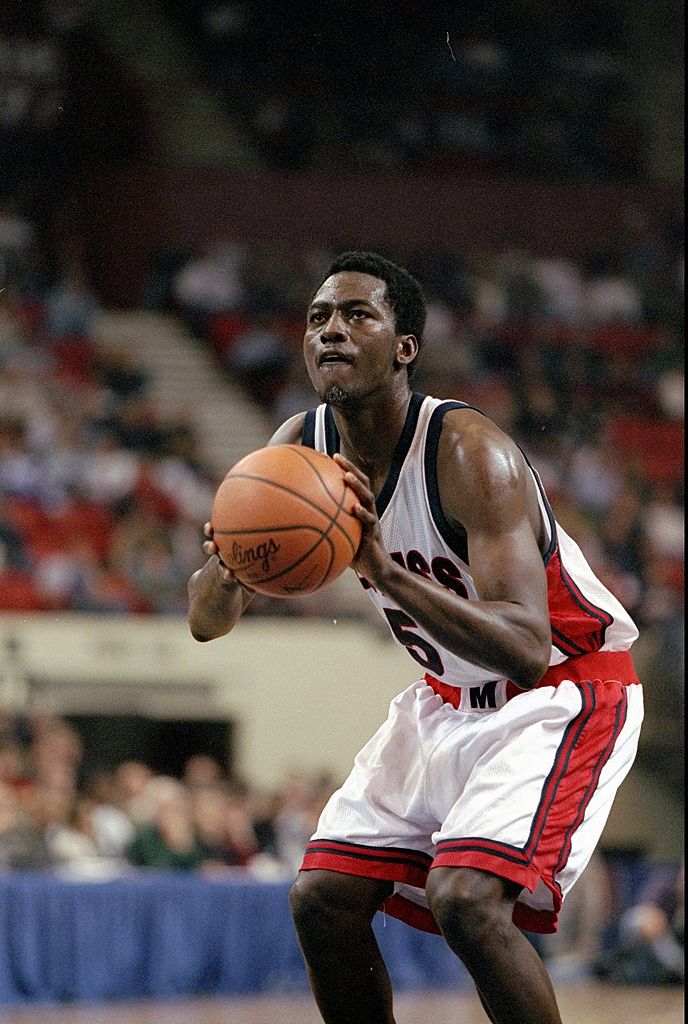
The two teams battled evenly throughout the game. With 4.1 seconds remaining, Valparaiso trailed Mississippi 69-67. Rebels senior forward Ansu Sesay, a second-team All-American and the Southeastern Conference Player of the Year, headed to the line for a pair of free throws to effectively seal the game for Ole Miss.
After Sesay missed the second of two free throws, the ball sailed out of bounds, and the officials erroneously ruled it Valparaiso’s ball. The players set up for one of their special game-ending plays called Pacer that they had practiced all year.
That year all our special ending plays (full court, half court, underneath basket) had names that were named after pro teams. Pacer was our full court one.
Head Coach Homer Drew
Pacer involved three players—Jamie Sykes, Bill Jenkins, and Bryce Drew—each with a very specific role.
Sykes was the trigger man and would start the play from the opposite end of the court. The 5-foot-10-inch guard, who moonlighted as a professional baseball player in the Arizona Diamondbacks minor league system, had to connect with senior Bill Jenkins.
Jenkins had to out jump any defenders and catch the pass from Sykes before delivering the ball to Drew. Finally, Drew had to block out the fact he had missed the potential game-winning shot just moments earlier, and get off a shot—a two to tie or a three for the win.
It all had to take place in under 2.5 seconds.
The buzzer beater
The referee bounced the ball to Sykes. Sykes pump-faked two times then heaved it. When Sykes released the ball, Drew had taken a few steps toward the ball near mid-court in an attempt to make his defender think he was trying to catch the inbounds pass. The Mississippi defender, intent on denying Drew the ball, had overplayed the in-bounds pass and now trailed the ball.
As the ball sailed through the air past mid-court, two things happened simultaneously. Drew turned and sprinted toward the Valparaiso basket while Bill Jenkins exploded into the air with his 40-inch vertical leap over a pair of Mississippi defenders. In an amazing display of athleticism, Jenkins caught the ball mid-flight with both hands and rapidly passed it to Drew, who was streaking down the sideline with his defender several steps behind.
Bryce Drew
Bill made a tremendous play because he caught it and passed it all in the air at the same time, which was incredible.
With two of the first three steps successfully completed, it all came down to Drew, who caught the ball sprinting full speed down the sideline. He pulled up approximately 23 feet away from the basket and let it fly.
Before the ball from the miracle shot cascaded through the net down to the floor, pandemonium erupted in Oklahoma City.
The after effects
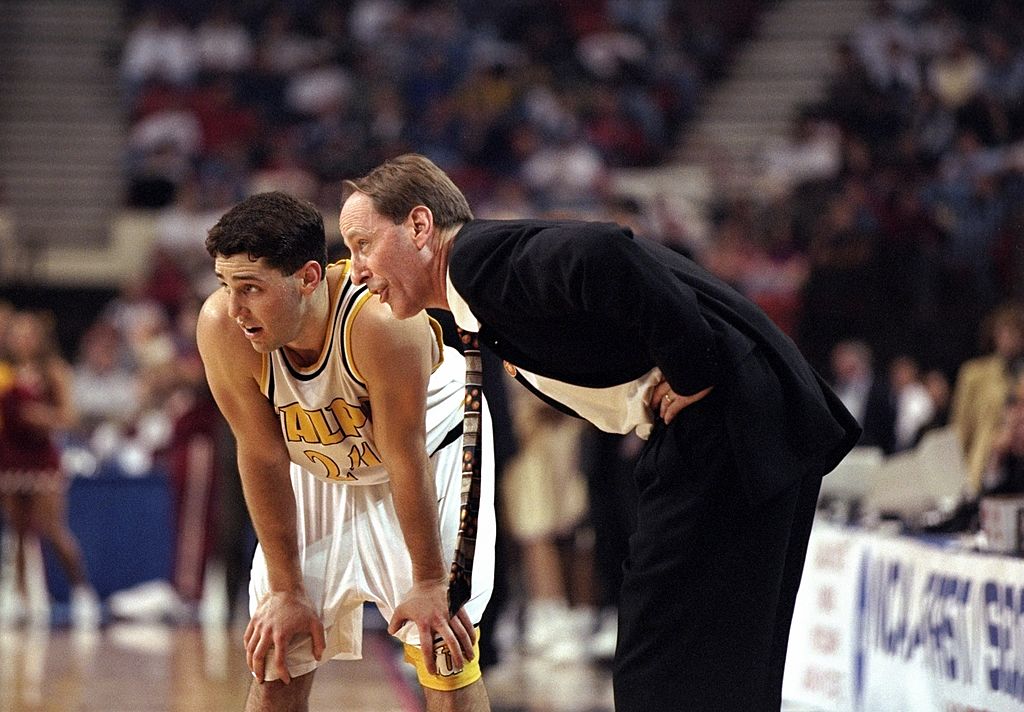
Homer said the first-round NCAA Tournament buzzer beater not only propelled his squad into the next round, in which they defeated Florida State University in overtime and advanced to the Sweet 16, but it also had a lasting impact beyond that season. He said it was a shot seen around the world.
“That game put us on the college basketball map not only nationally but internationally because I had many telegrams at that time. Many phone messages from Europe to Australia congratulating us on the win. It helped us with recruiting because eight out of 10 years we went to the NCAA Tournament. The publicity helped us in recruiting definitely.”
Homer, who retired from coaching in 2011 with 640 career wins, said even 20-plus years later he still hears about the shot.
“What is kind of neat is every year I get a video from a high school coach in Ohio saying we used the Pacer play and they had won the game. It was really neat to hear that people would run it and would score on it. That makes me really happy.”
